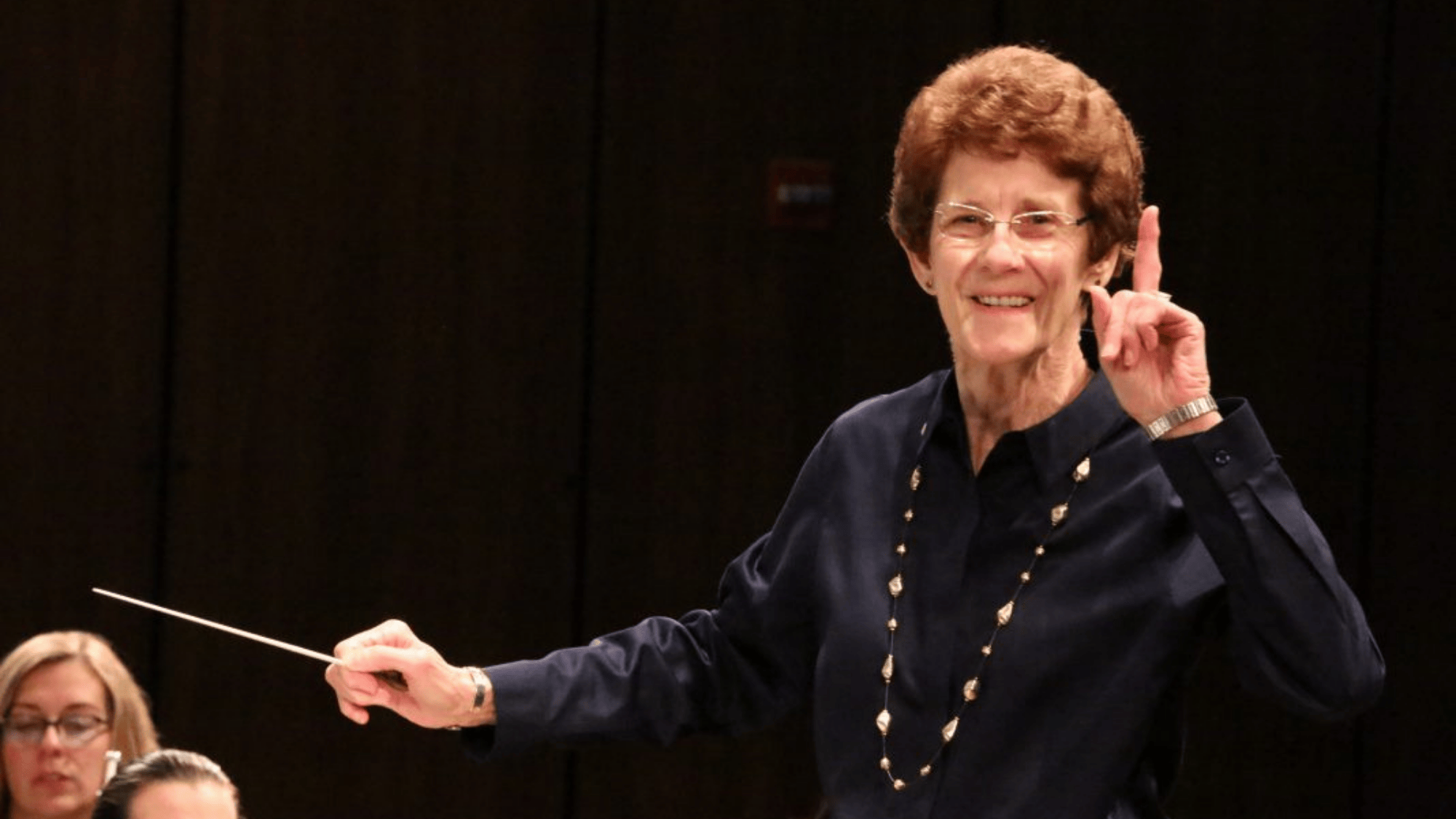Stage deportment is often neglected by conductors and teachers. Getting the right notes, rhythms, dynamics, phrasing and so on is so important that the subject of etiquette is often forgotten until the first bow at the concert. The following is a simple and very brief set of guidelines that will help project the individual performers, the ensemble and the institution they represent in a more professional light.
Before the concert begins:
- If warm-up is necessary on stage, do it as briefly and carefully as possible. (No demonstrations of how high or loud you can play!)
- If tuning on stage is necessary, do it with the full ensemble or sections. Do not tune individuals on stage with the audience listening.
- When the conductor enters the stage, have one student who is in the sight line of the conductor be the one to stand first. His/her standing will signal the entire ensemble to stand.
When each piece is finished:
- If there are soloists or a section is featured, the conductor will usually ask them to stand and face the audience. Remain standing.
- The conductor should ask the remaining ensemble members to stand and face the audience.
- Ensemble members should look pleasant and accept the audience applause.
- Do not talk to each other or change music to the next selection to be played. In other words, do not be rude to the audience by ignoring their applause. They are saying thank you.
- Percussion performers should stand in place and not be moving around getting equipment ready for the next selection.
- After the applause has stopped, all performers sit down on the signal from the conductor and change music and get equipment ready for the next selection.
- The conductor should check with the percussion section leader to be sure they are ready before starting the next selection.
At the conclusion of the concert:
- The conductor will usually ask the performers to stand.
- When the conductor leaves the stage, the person that is in the sight line of the departing conductor should sit down when the conductor reaches the stage wings. This is the signal for all ensemble members to sit.
- When or if the conductor comes back on stage for a curtain call, he or she will signal the ensemble to stand again.
There are other ways to handle concert etiquette at a performance. The above procedure is one way. Whatever is done should reflect a professional image that carries the message that the performers care about the audience and about what they are doing on the other side of the footlights.
Vol. 17, #5, p. 11 (May-July 2002)






